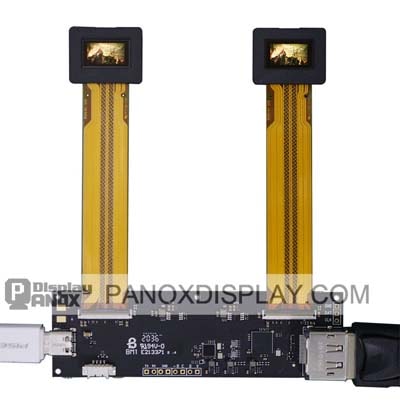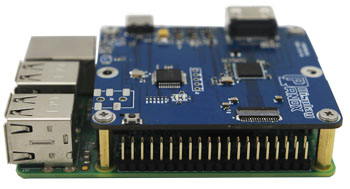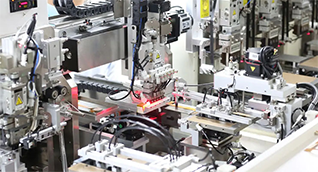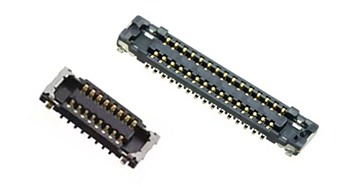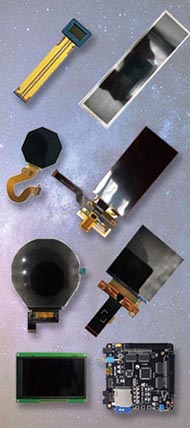The F-35 is a fifth-generation warplane developed by the United States. In addition to being equipped by the U.S. military and exported abroad in large numbers, the F-35C is the only stealth carrier-based aircraft in the world. One highlight is the F-35's helmet, the most advanced pilot helmet in the world, which can cost up to $400,000 each.
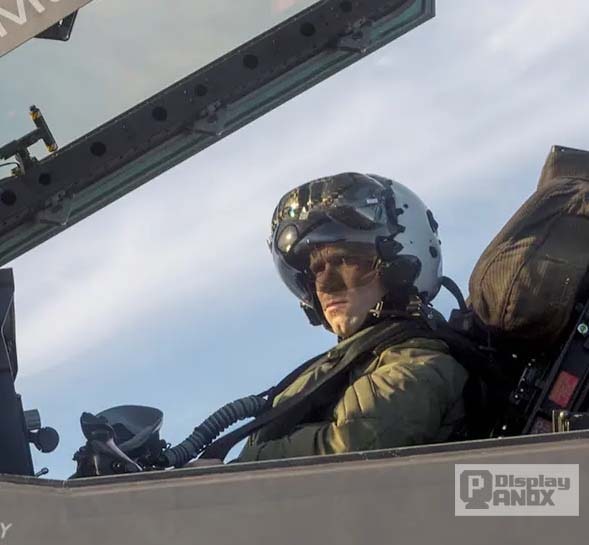
F-35 warplane helmet display system is the world's most advanced third-generation warplane helmet in many places. The helmet has high sensitive sensors, a good night vision system, an information display system, line-of-sight tracking based on head movement, lightweight and personalized design, giving the pilot a more comprehensive sense in battlefield situations and make combat easier.
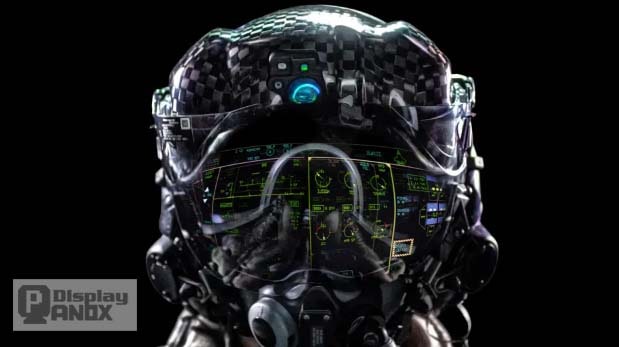
The combination of HUD technology and HMD technology has been the mainstream of warplane helmets in the 21st century. HUD technology consolidates data from the dashboard onto a screen so that the pilot can look up at the basic conditions of the warplane jet without having to look down at the dashboard. HMD technology is mainly aimed at large off-axis launches which is necessary for the air-to-air missile.
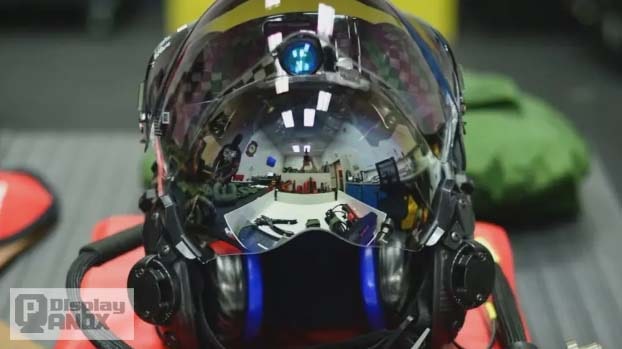
The F-35 helmet has been painstakingly designed to protect the pilot's head and make it as lightweight as possible. Rockwell Collins, the developer of the F-35 helmet, uses carbon fiber as the main material, a new composite material that is strong and tough enough to protect pilots while reducing weight and thickness. In order to fit the HUD system perfectly into the helmet, while keeping the total mass of the helmet below 2.2 kg, the designers made extensive use of the miniaturization of electronic components. The company has developed a helmet-tracking system with multiple sensors so that the head display, the helmet-mounted display, and the sunshade projection night vision system can all be integrated into one helmet.
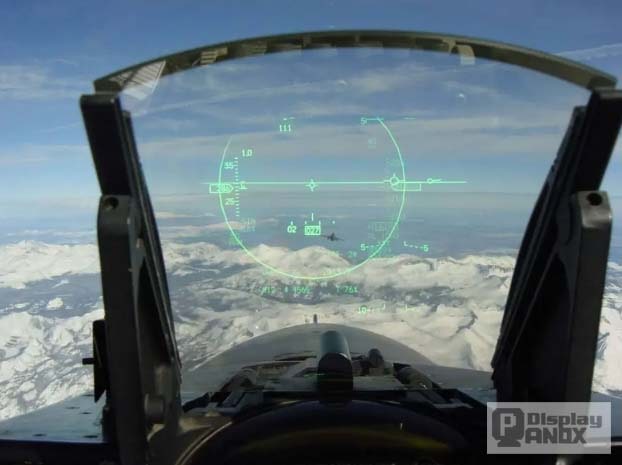
The F-35's helmet-mounted system provides 360 degrees of zero dead space. Data about the environment around the aircraft will be displayed on the helmet-mounted display. In addition to what is happening around and above the aircraft, the camera below the aircraft will also transmit the situation to the helmet in real-time. The helmet-mounted infrared system is mainly used at night or in other low-visibility conditions to improve the aircraft's all-weather combat capability.
The F-35's helmet automatically senses the pilot's eye movement. When the pilot's head is turned, the displayed data and images also move and change. When the pilot looks down at the plane, he can see a real-time image of the area, as if he has perspective. To avoid the discomfort caused by the delayed display of information, the helmet's designers have installed a transmitter in the pilot's seat that creates a small magnetic field. Sensors in the pilot's helmet can detect the slight magnetic changes caused by changes in the pilot's head and provide timely feedback. But the technology seems to be a bit premature, with early helmets still showing delays.
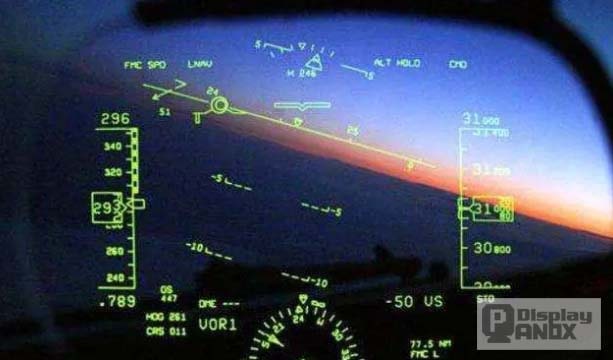
Finally, because the design of the helmet is so sophisticated, it has been personalized to ensure that it will work best for each pilot. A 3D scan of the pilot's head was taken, a model was constructed, the eyes of the pilot were measured with a pupillometer so that the optical sensors were pointed precisely at the eyes, and the center of gravity of the helmet was placed on the pilot's spine. As a result, each pilot's helmet has an inner lining tailored to the characteristics of his or her head, meaning that each pilot's helmet is specially made.
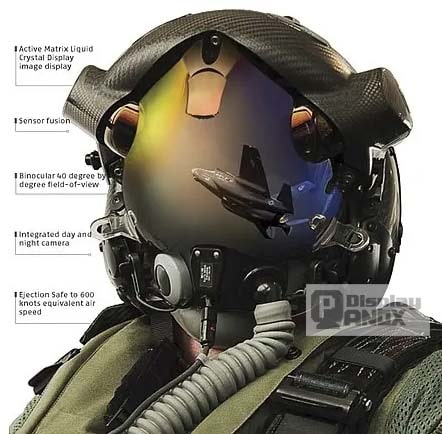
In addition, the F-35's helmet can withstand maneuvers of 9 gigabits of force in the air, and the display mask is clear enough to be specially coated so that information can be projected. It can protect the head of the pilot ejected from the cabin at a speed of 550 knots. So the F-35 helmet is definitely the most advanced warplane helmet in the world.
Micro OLED on F-35 HMD
The F-35 helmet display system has multiple capabilities and must operate in extreme conditions, which requires unique high-brightness Micro OLED display technology.
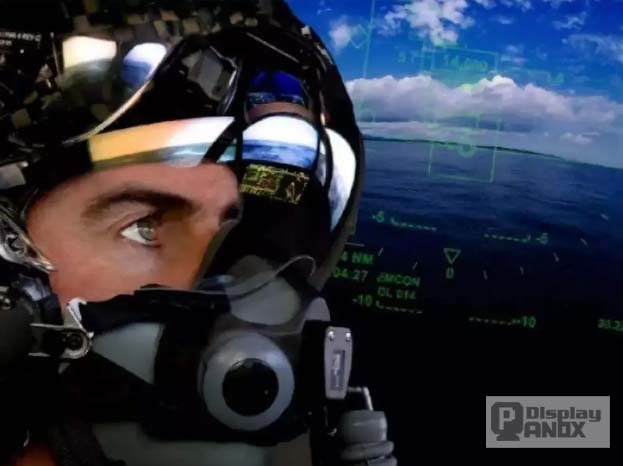
Why do aircraft HMD need micro OLED?
1. The micro OLED can reach a high resolution at a small size
2. Aircraft HMD needs a 30°×40° wide field of view, overlapping 100%;
3. At night, the image is projected directly by HMD without night vision goggles.
4. Aircraft performance data and required mission symbols are combined; A lot of data need high resolution on a small size.
5. "Display" with binocular eyes, high brightness, and wide field of view;
6. Low latency, micro OLED has a low response time
7. Helmet weight must be light to minimize driver fatigue, micro OLED is small and light enough.
Where to buy Micro OLED for your projects?
Panox Display has been selling micro OLED for many years and built access to Sony, BOE, and Epson micro displays. At the same time, to help clients test the performance, Panox Display has made controller boards at low cost.
Related: Micro OLED Display From Panox Display
